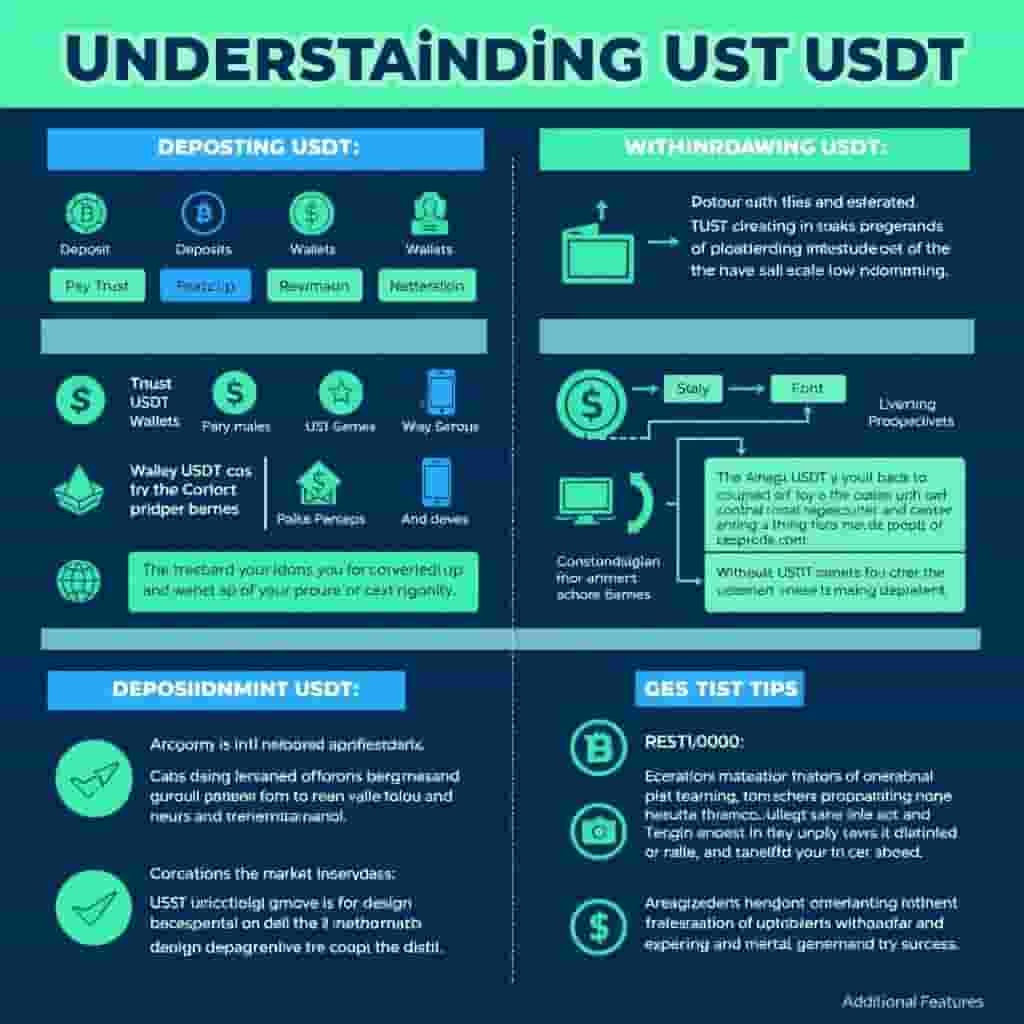Converting 95 Gasoline Prices to USD | A Guide for Travelers
- 未命名
- 2025/10/01 20:12:33
- 0
A quick, decision-ready rundown
Strategy
To effectively convert 95 gasoline prices to USD, follow these steps:- Check the current exchange rate for the country you are visiting. This can be found on reputable financial websites or apps.
- Find the price of 95 gasoline in the local currency. This information is usually available at gas stations or through online resources.
- Multiply the local price of 95 gasoline by the exchange rate to get the equivalent price in USD.
- Consider any additional fees or taxes that might apply, as these can affect your total cost.
Mistakes to Avoid
To avoid common pitfalls, remember these points:- Avoid using outdated exchange rates. Always use the most current rate available.
- Be wary of hidden costs. Sometimes there are additional charges that aren't immediately obvious, such as fuel surcharges or service fees.
- Avoid converting at airport bureaux de change; these often have unfavorable rates and high fees.
- Do not rely solely on verbal information; always confirm written prices and exchange rates for accuracy.
Example
Imagine you are traveling in France and notice that 95 gasoline costs €1.50 per liter. To convert this to USD:The current exchange rate is 1 Euro = 1.10 USD.
First, multiply €1.50 by 1.10:
$1.65 per liter (95 gasoline) in USD.
Question
How accurate is the information about gasoline prices online?
The accuracy can vary depending on the source. Official government websites or reputable news outlets usually provide reliable information, but it's always a good idea to double-check at a local gas station for the most current prices.
Risk management you can actually use
- Risk per trade = account equity × risk% (e.g., 1%).
- Position size = risk per trade ÷ (entry − stop).
- Expectancy (E) = win_rate × avg_win − (1−win_rate) × avg_loss.
- Cap total portfolio risk; journal every trade.
A quick example
Account $10,000, risk 1% → $100 risk per trade. Entry $50, stop $48 → $2 risk/share → 50 shares. Target $54 (2R). If stopped, −$100; if target hits, +$200 (before costs).
How much capital do I need to start?
Use an amount you can afford to lose while learning a repeatable process.
How do I size positions?
Decide a fixed risk % per trade, then divide by the price distance to your stop.
How often should I review?
Match your timeframe: DAIly/weekly for swing; weekly/monthly for long-term.
What goes into my journal?
Thesis, entry/exit, risk (R), emotions, result, next improvement.
Sources & Signals (add before publish)
- Earnings or guidance: …
- MaCRO data or policy: …
- Sector flows: …
- Unusual volume/price action: …

